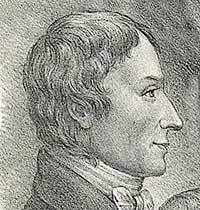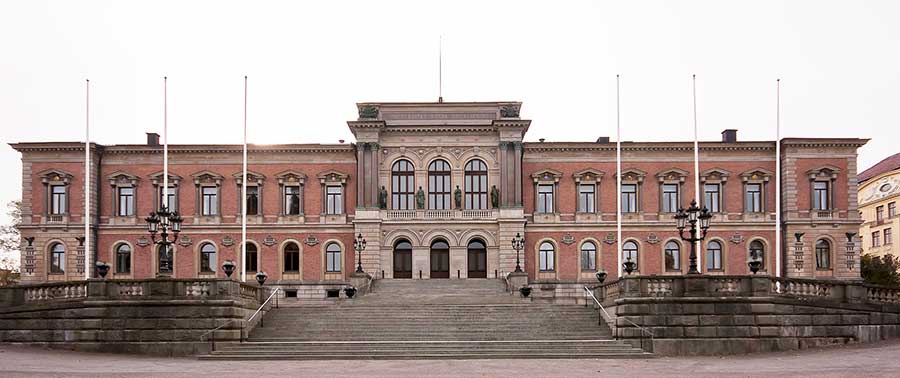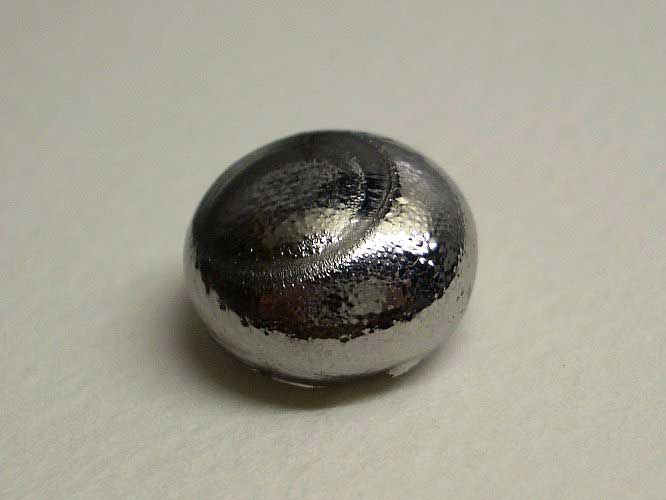Gustaf Ekeberg
Science: Chemistry

Gustaf Ekeberg was born on January 16, 1767 in Stockholm, Sweden. Ekeberg went to two schools when he was a child. One was called Kalmar and the other was called Soderakra. He did not live with his parents. He lived at his school. While he was going to school he got a really bad cold. He started to lose his hearing. As time went on his hearing got worse and worse. Ekeberg studied many things without help from his teachers. He was very smart.

In 1788 he received his doctorate degree from the University of Uppsala. Ekeberg's first big accomplishment (MP4) was the publication (MP4) of Methods of Chemical Nomenclature. This book gave each chemical its own name. Some of the names he invented (MP4) were hydrogen, nitrogen, and oxygen (MP4).
/prod01/twu-cdn-pxl/media/images/deaf-scientist-corner/education-hierarchy-2.jpg)

Ekeberg eventually became a professor of chemistry (MP4). After several years of studying minerals (MP4) he made a discovery (MP4). He discovered a new metal (MP4). He named it tantalum because it does not dissolve in acid (MP4). He lost his eye in an accident while he was studying minerals.

In addition to being a scientist, Ekeberg also enjoyed writing poems. Ekeberg enjoyed combining art and science in creative ways. For example, Ekeberg wrote a letter to the King in ink that you could not see. It was called invisible ink (YouTube Video). When the King put the paper near heat the writing would appear. In addition to deafness and blindness in one eye, Ekeberg also had tuberculosis (MP4). He died on February 11, 1813 in Uppsala.
He died on February 11, 1813 in Uppsala.
Honors
- Royal Academy of Sweden
- Academy of Sciences in Uppsala
Read More about Gustaf Ekeberg
References
- Lang, H. G., & Meath-Lang, B. (1995). Gustaf Ekeberg. In A Biographical Dictionary: Deaf Persons in the Arts and Sciences (pp.112-114). Westport, CT: Greenwood Press.
- Weeks, Mary Elvira. (1932). The Discovery of the Elements: VII. Columbium, Tantalum, and Vanadium. Journal of Chemical Education 9 (5): 863-884. http://search.jce.divched.org/JCEIndex/FMPro?-db=jceindex.fp5&-lay=wwwform&combo=vanadium&-find=&-format=detail.html&-skip=14&-max=1&-token.2=14&-token.3=10
Page last updated 11:35 AM, April 20, 2023